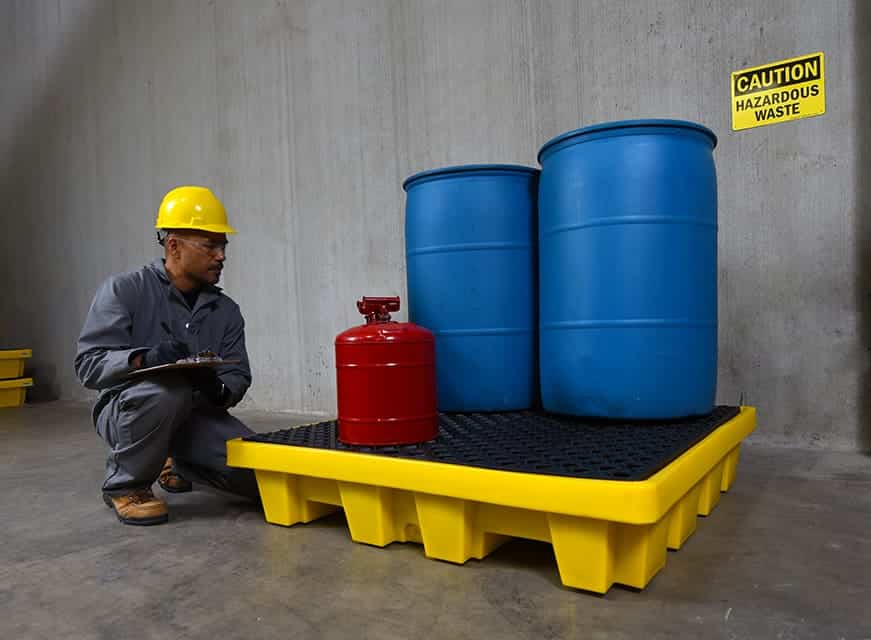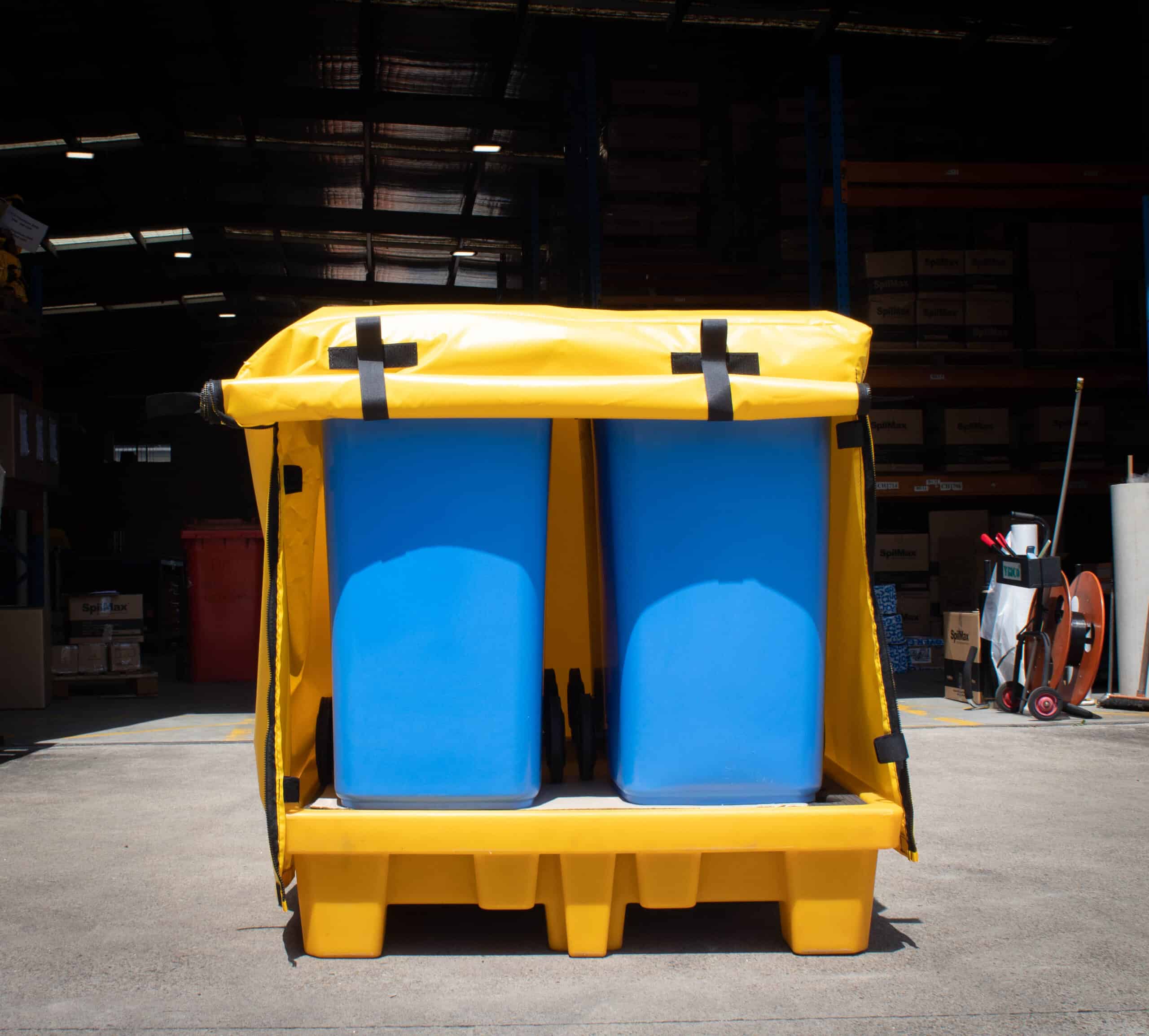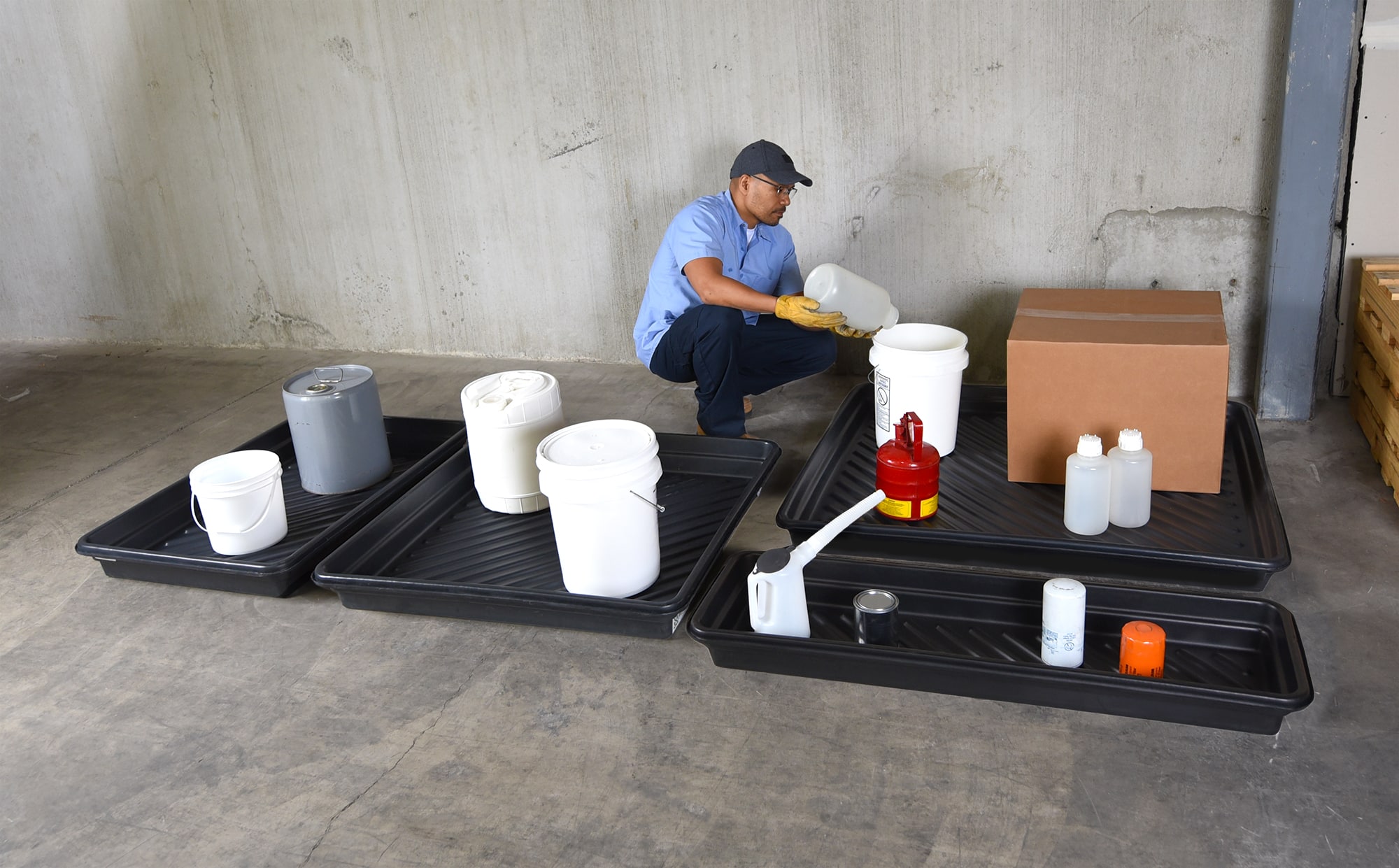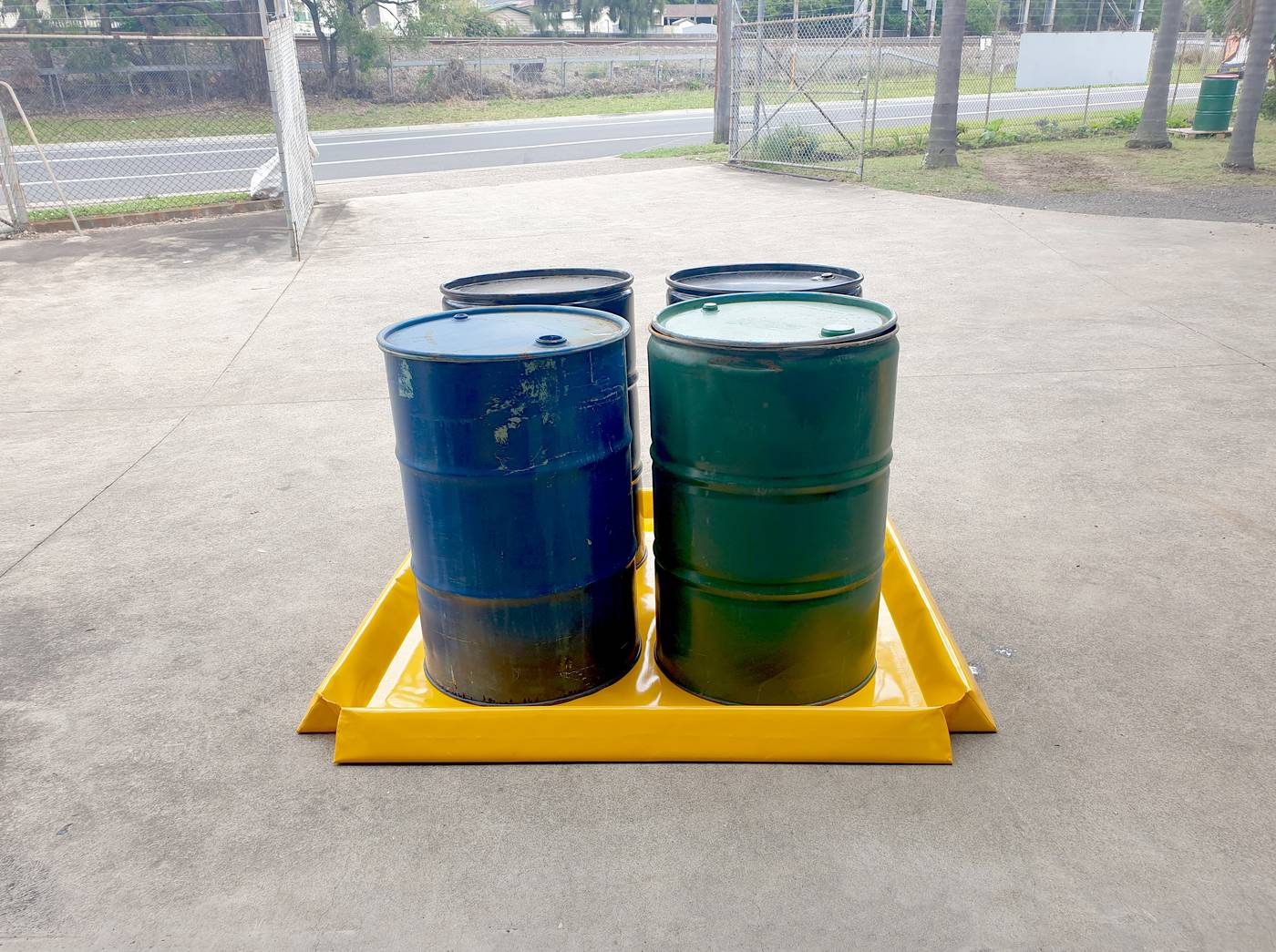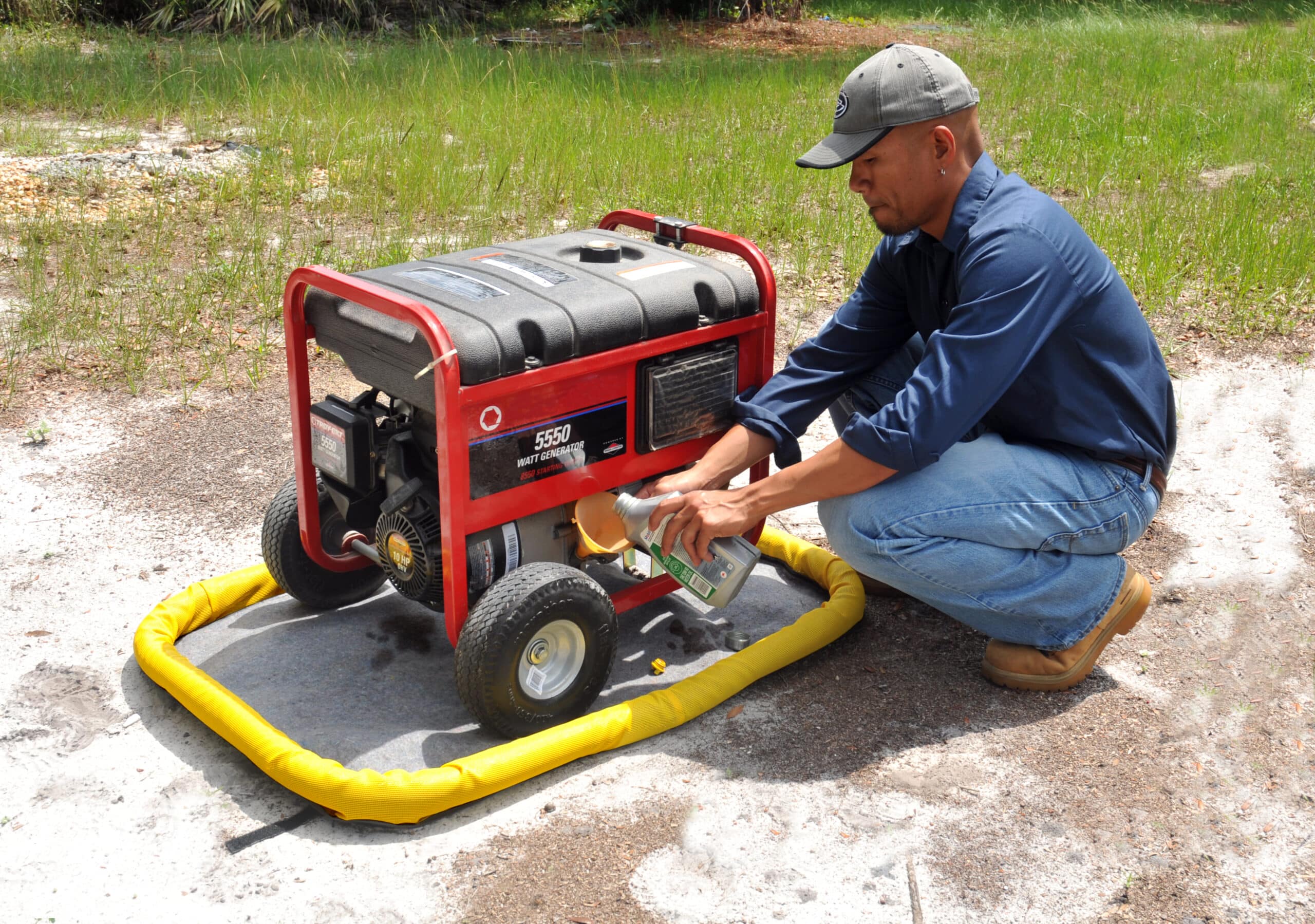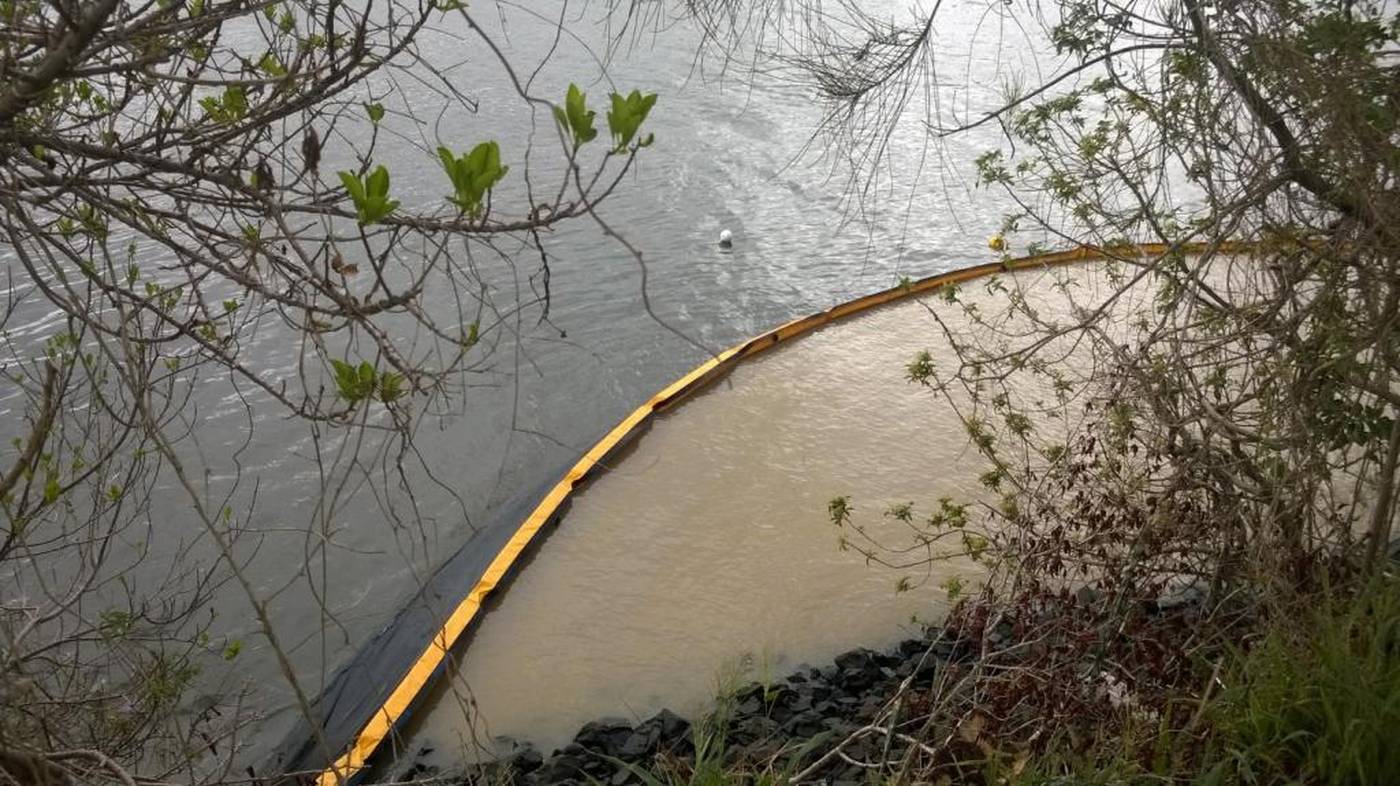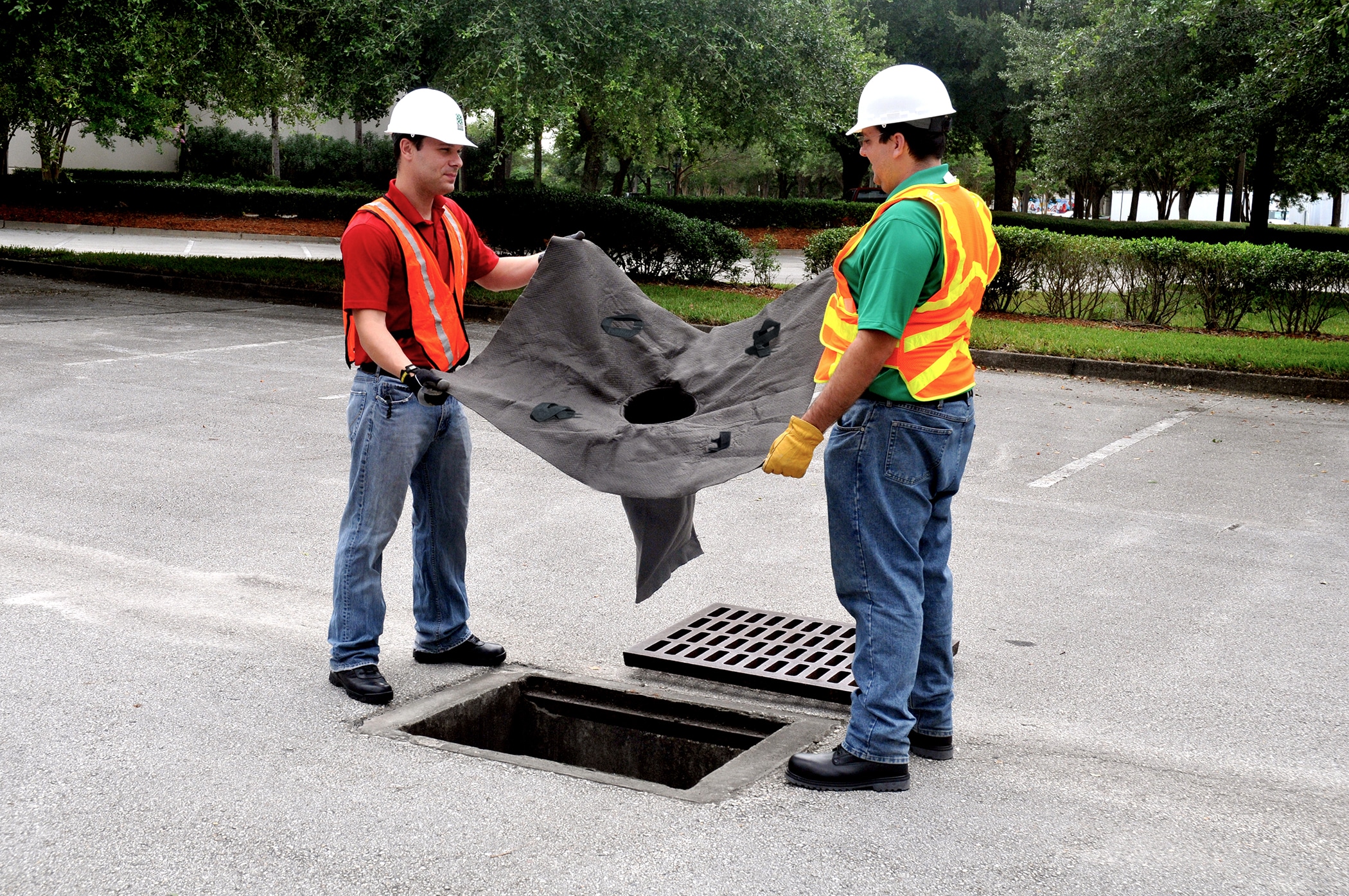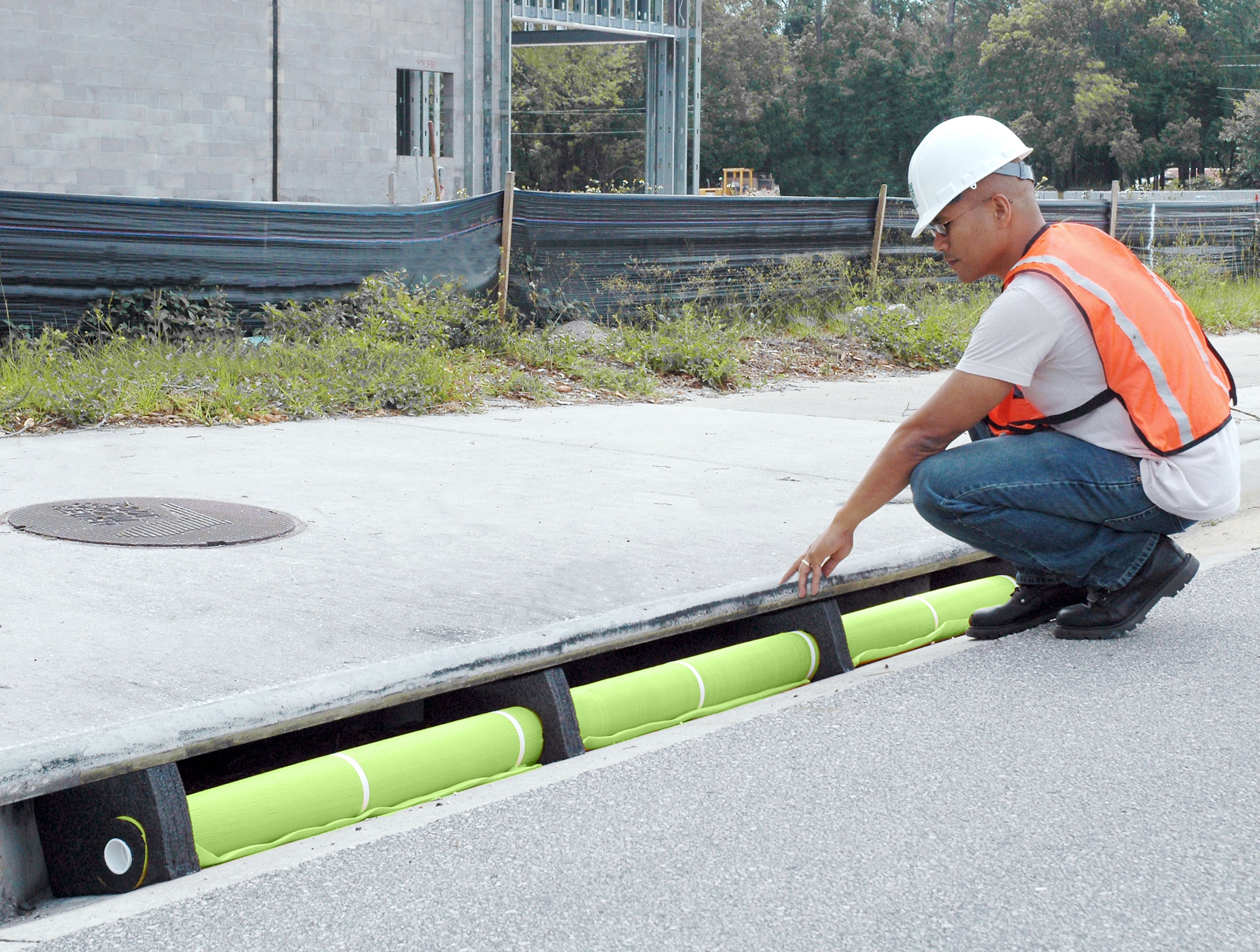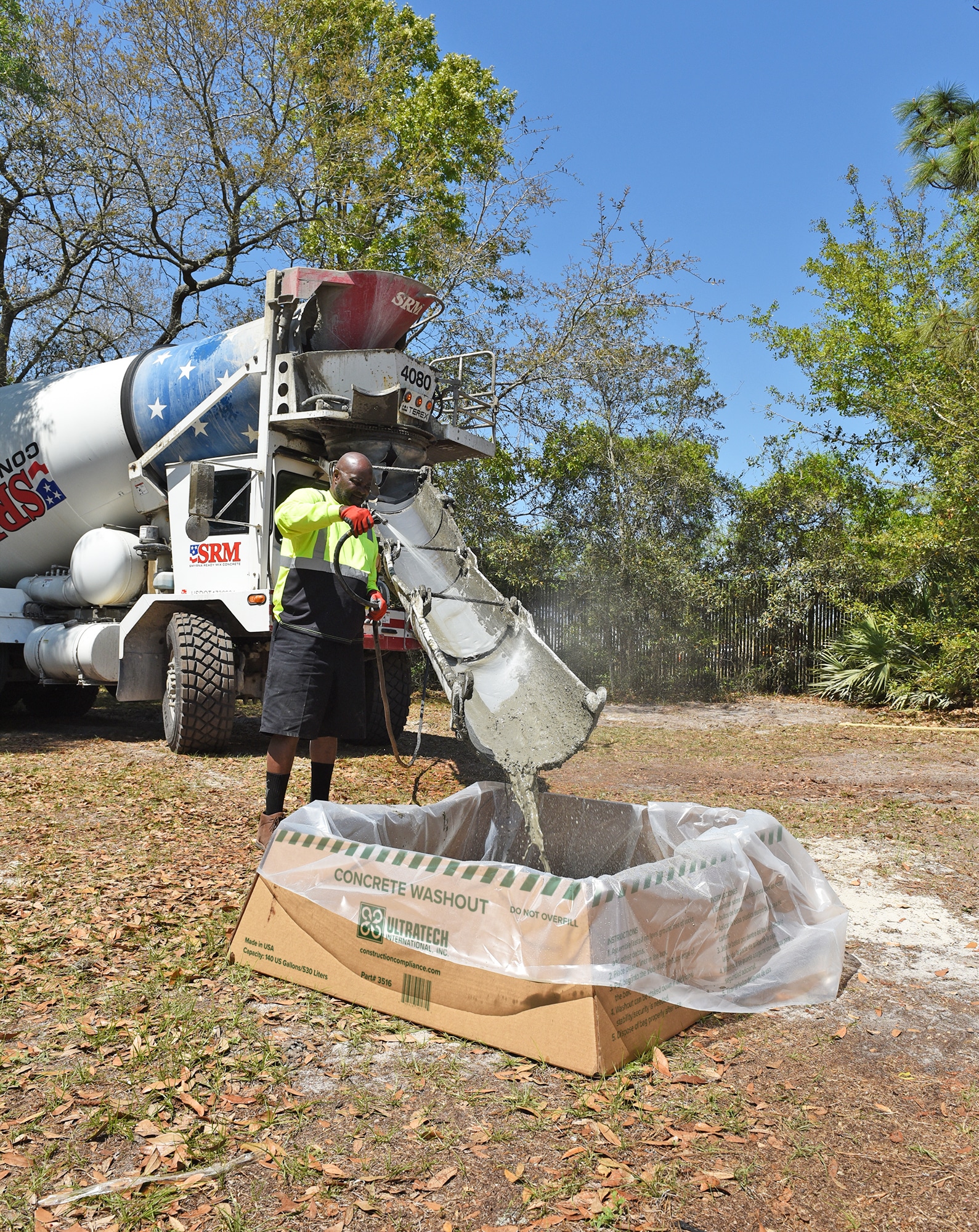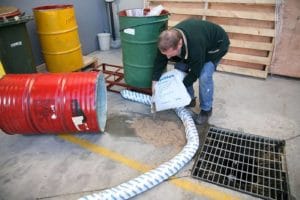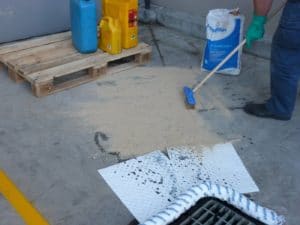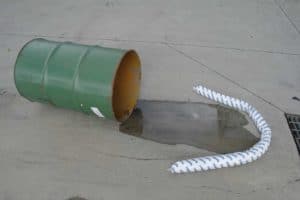Australia’s Civil and Construction Sector is a diverse industry.
This sector encompasses a diverse range of businesses, from tradespeople providing direct services to consumers, to companies engaged in large-scale construction projects and infrastructure development. The services offered span from residential and non-residential construction, renovations, to heavy engineering, land development, and site preparation. These entities collectively play a pivotal role in shaping Australia’s urban landscape and driving economic growth.
The construction industry in Australia is a significant part of the economy, contributing approximately $161 billion, which accounts for 7.4% of the country’s GDP. It employs over 1.3 million workers which makes up the 10% of the national workforce.
The industry is divided into three sub-industries:
- Building construction (residential and non-residential)
- Construction services (site preparation, installation, and completion services)
- Heavy and civil engineering construction
Despite challenges like inflation, skills shortages, and supply chain disruptions, the sector has shown resilience and adaptability, progressively adopting innovative techniques and technologies. The industry has grown consistently at an average annual rate of 2-3%, driven by population growth, urbanisation, and infrastructure development.
(source: ABS March 2024)
The Australian construction sector is undergoing a significant shift towards new building standards as outlined in the updated National Construction Code (NCC). With State governments introducing implementation plans, it is essential for businesses to stay informed about regulatory changes and policy updates to ensure compliance with the evolving standards set to be completed by 2025.
The growth of the construction sector is driving the market for spill containment. Spill containment is crucial for construction sites in Australia for several reasons:
Avoid Penalties & Fines: According to the Protection of the Environment Act (POEA 1997) Neglect or failure to comply carries a maximum penalty of $2 million fine for corporations, or a $500,000 fine and/or 4 years imprisonment for a person. Preventing spills can save construction companies from costly clean-up operations and potential fines.
Environmental Protection: Construction sites often handle hazardous materials like chemicals, fuels, and oils. Spill containment systems, such as bunding, prevent these substances from contaminating soil and water sources, protecting the environment.
Legal Compliance: Australian regulations, including the Model Work Health and Safety (WHS) Regulations, mandate that workplaces must have spill containment measures in place to manage hazardous chemical spills. Non-compliance can result in significant penalties.
Health and Safety: Proper spill containment helps protect workers and the public from exposure to harmful substances, reducing the risk of health issues and accidents.
By implementing effective spill containment strategies, construction sites can operate more safely and sustainably.



